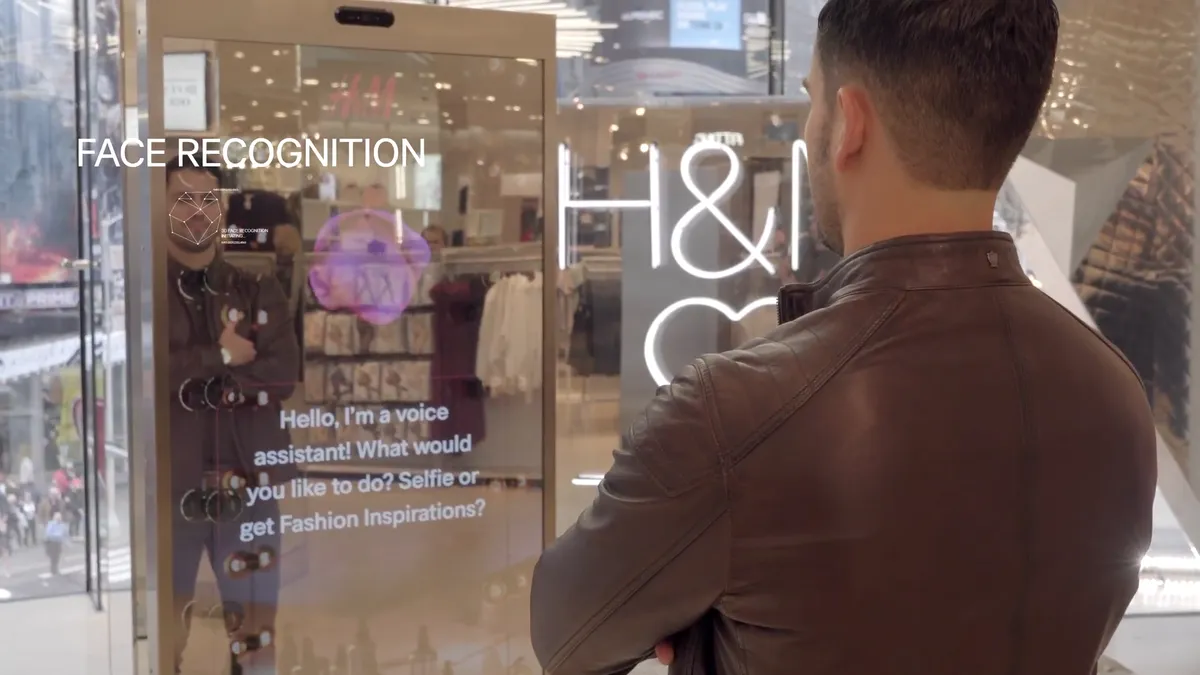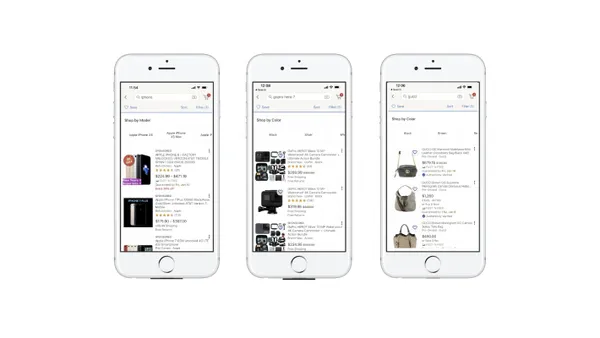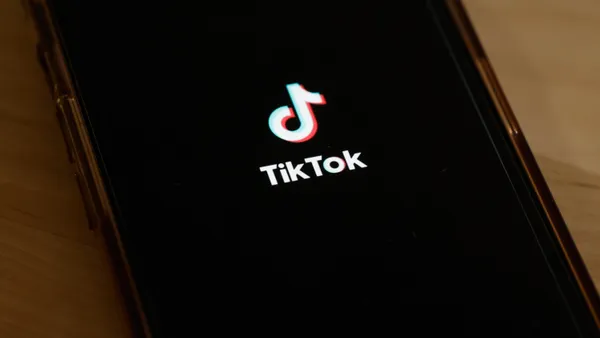Dive Brief:
-
H&M has recently set up "Voice Interactive Mirrors" at its New York City flagship store in Times Square that "wake up" through facial recognition when someone looks at it long enough. The mirror also offers selfies, style advice and discounts via QR codes, according to a YouTube video from the Swedish fast-fashion retailer.
-
The mirrors, installed on the store floor and not in fitting rooms, were created by Microsoft and Stockholm-based agencies Ombori, a UX design firm, and Visual Art, a digital signage firm, according to Forbes.
-
H&M is also employing big data and artificial intelligence to customize the merchandising mix of individual stores, in an effort to reduce the massive inventory pile-up that forced markdowns and plagued its first-quarter profits.
Dive Insight:
This smooth-talking tech-enabled mirror works pretty well, as an H&M employee and several customers demonstrate in the video, and it sweetens the pot with a 20% off coupon. The tech works especially well for iPhone users, who only have to launch their camera to access the QR code, which delivers the discount or a high-resolution selfie designed to resemble a fashion magazine cover.
There is an emerging demand for digital shopping assistants like this that will help with purchase decisions based on style choice and price, and shoppers increasingly also expect them to handle more mundane tasks like returns and refunds, according to a recent study by Ericsson Consumer and IndustryLab.
But there are expectations around privacy, too. Respondents to Ericsson's survey expressed concerns about how their personal information is used. For now, H&M's mirrors are in stores, not on shoppers' phones, where consumers expect to increasingly find them in the future. Consumers expect AR/VR-technology to bring the benefits of physical stores to their devices, with more than half saying that they'll get more home deliveries of their purchases as a result, Ericsson found.
For now it's mostly fun and a way to draw shoppers into the store, something that H&M is keen on. Despite a go-slow approach to its online operations, H&M's e-commerce sales rose by approximately 20%. But overall sales in the company's top ten markets in the quarter fell 1%, and H&M U.S. sales fell 11% (or 1% in local currency). Total sales for the company's new brands rose by 15%, which has led the fast-fashion retailer to double down on new brand introductions. But analysts worry that it's neglecting its far larger flagship.















